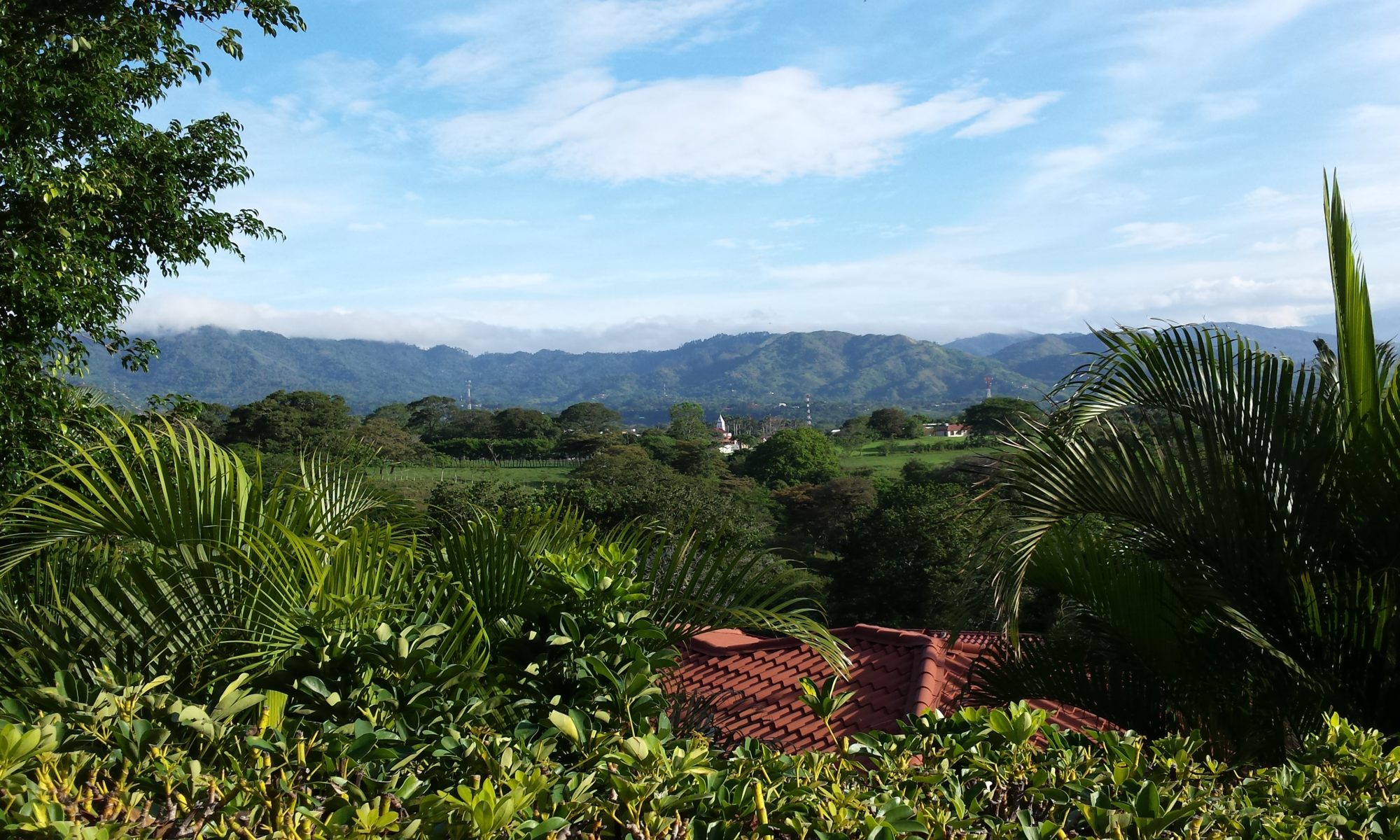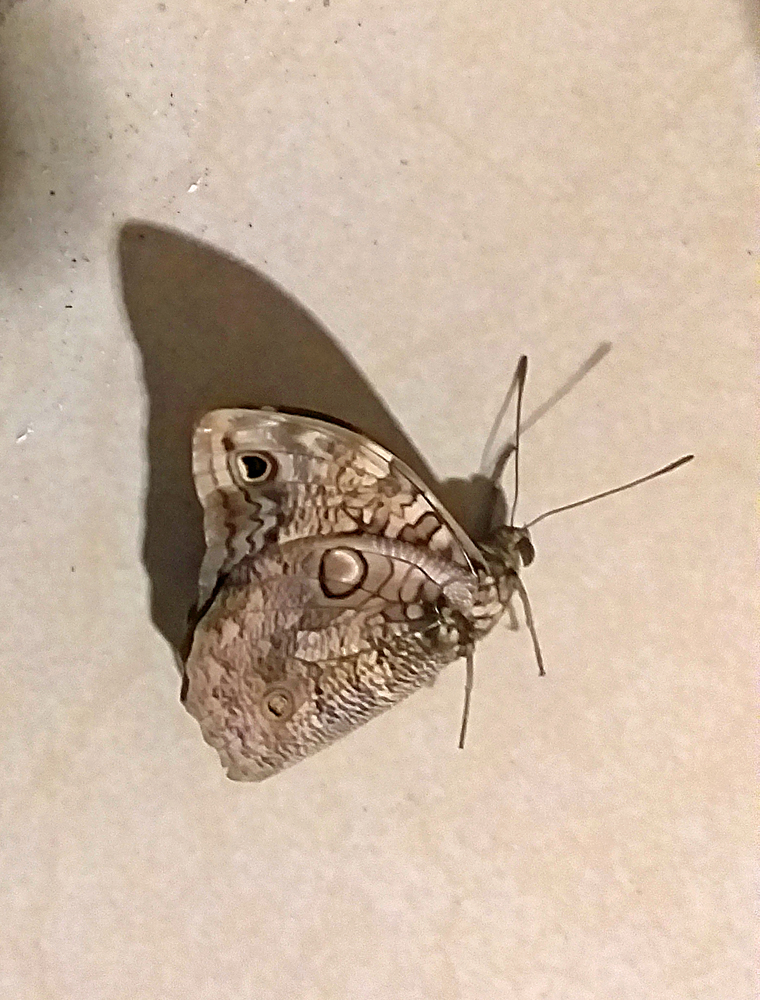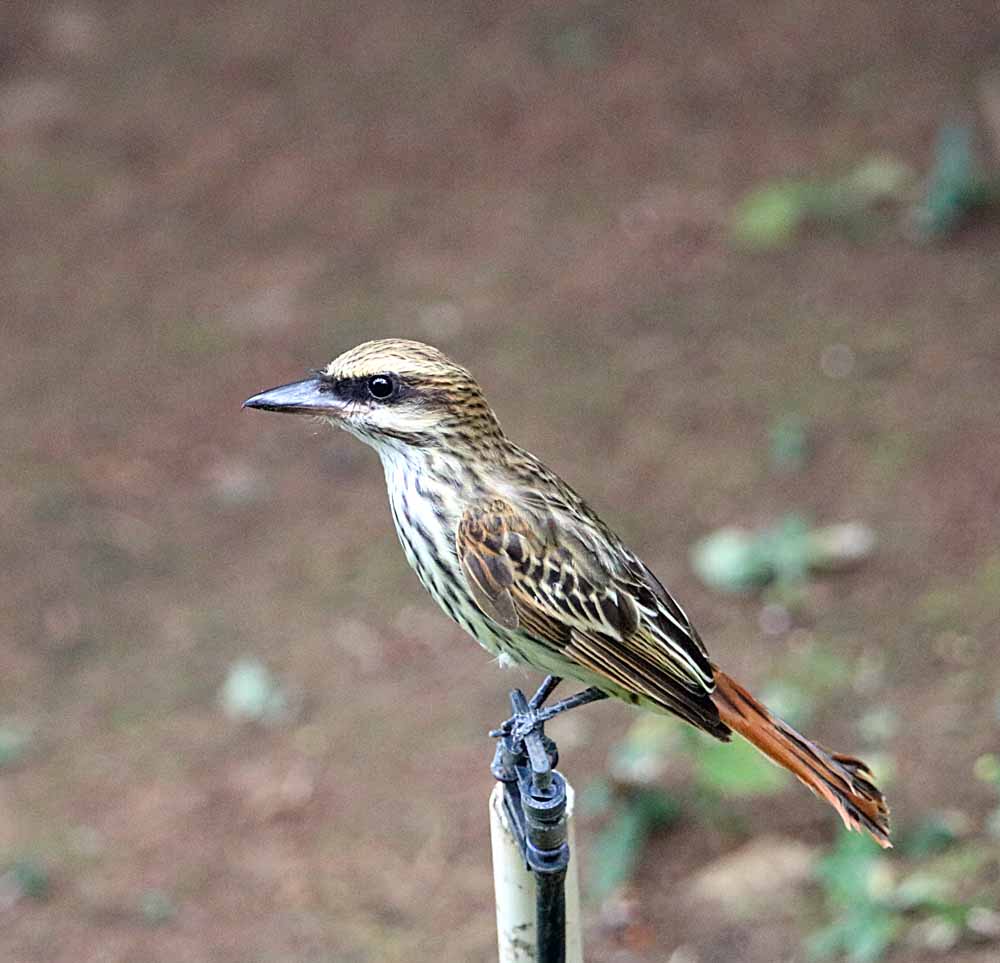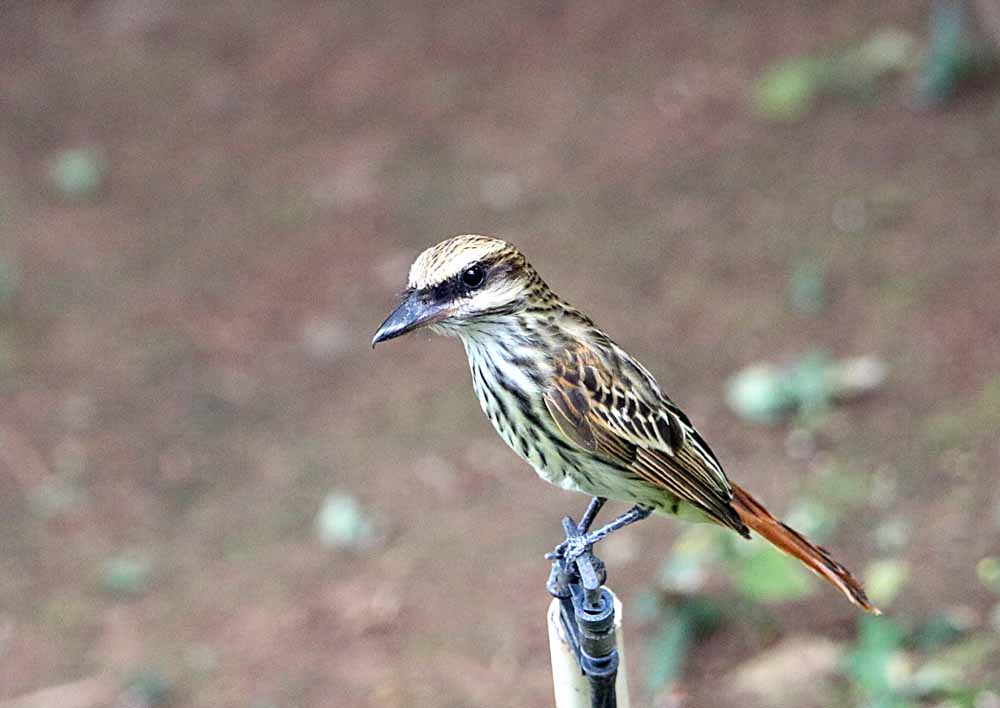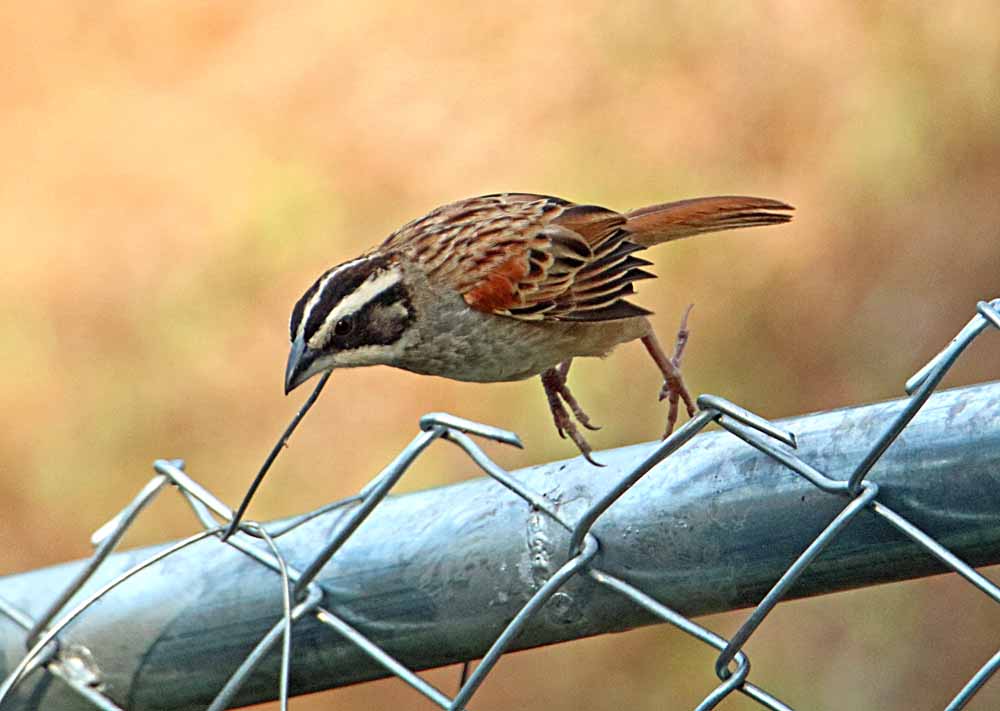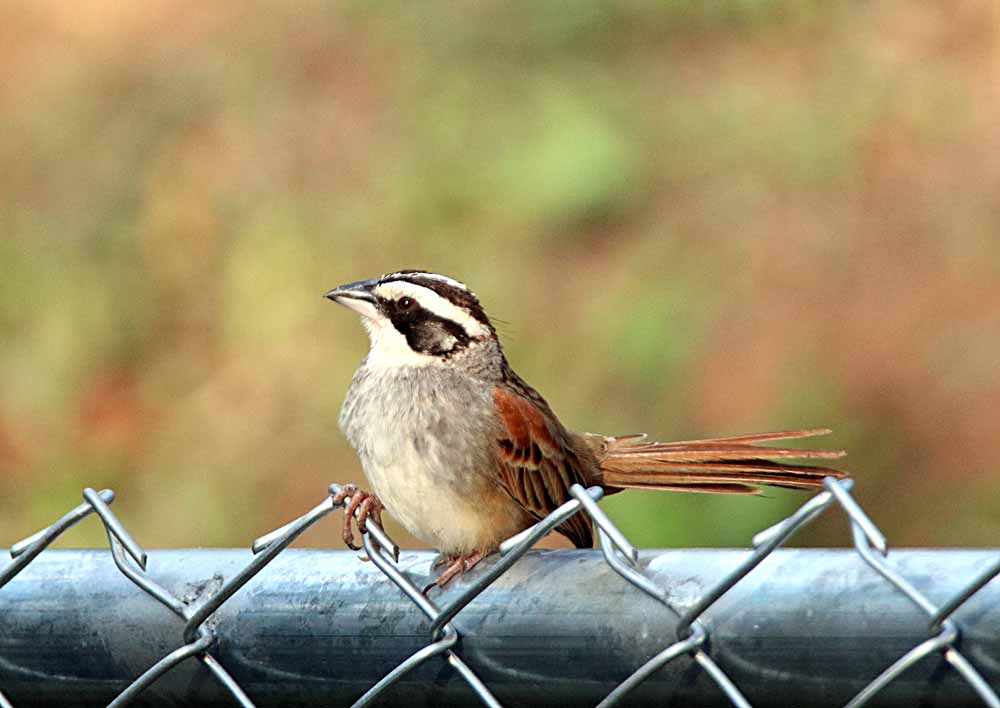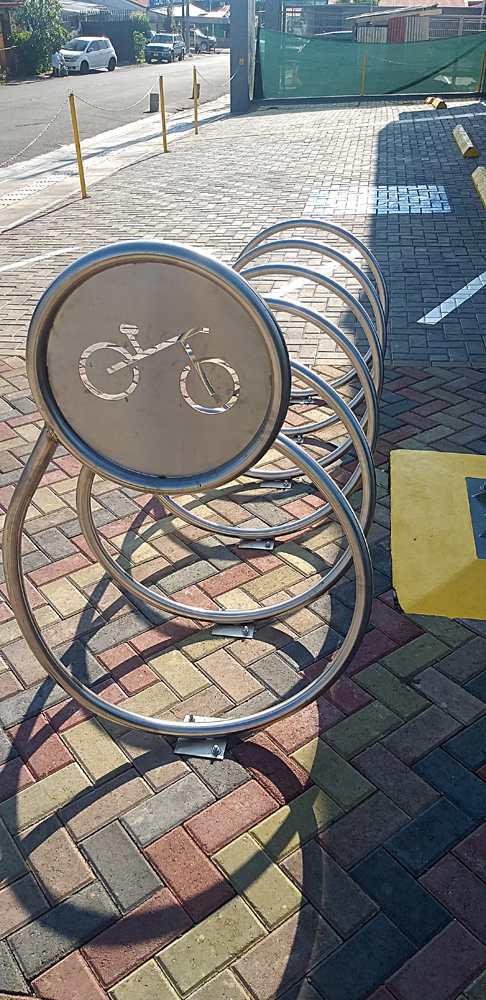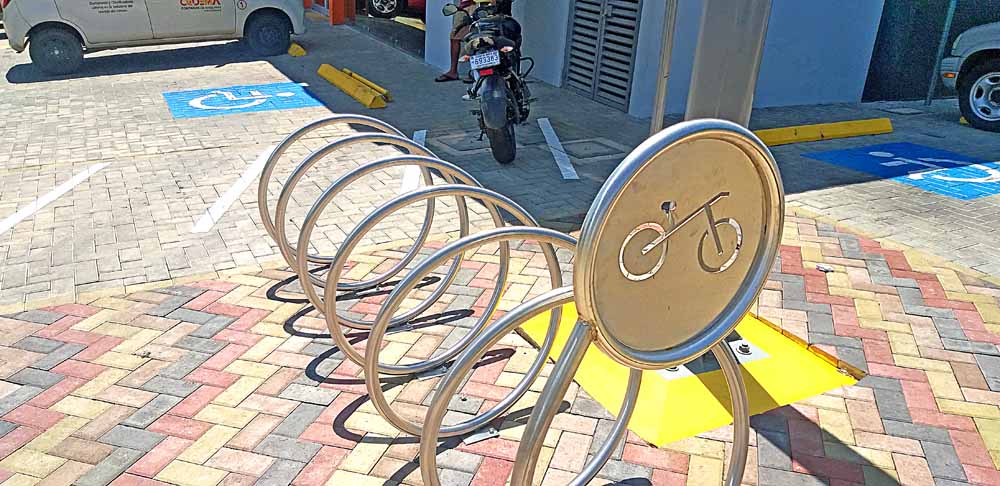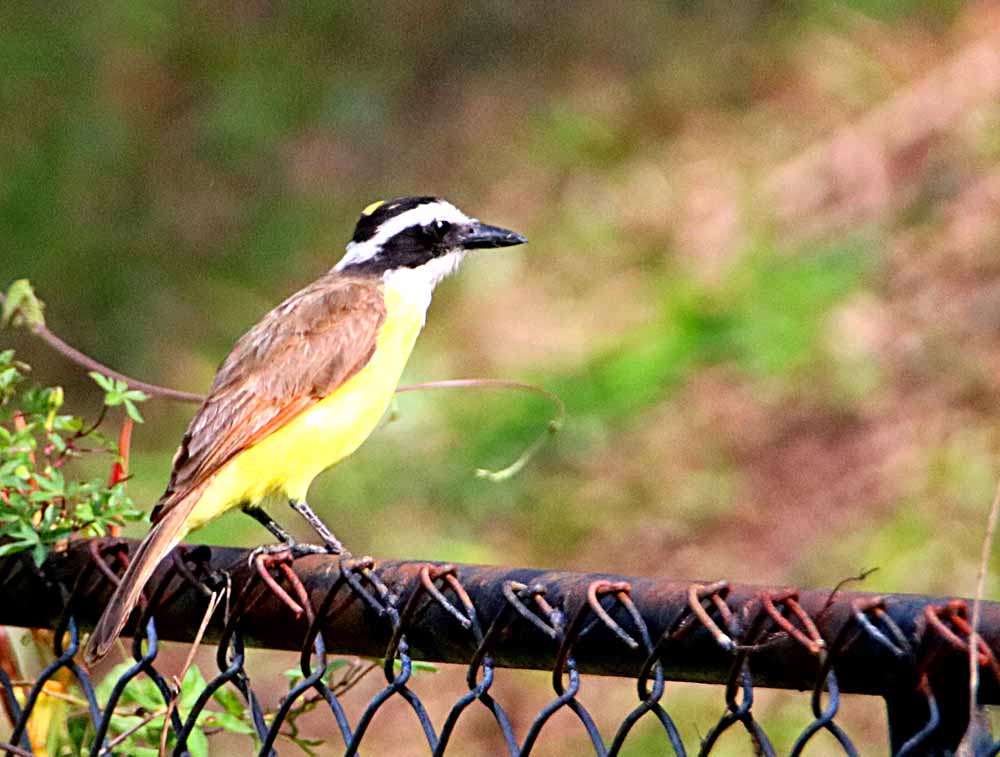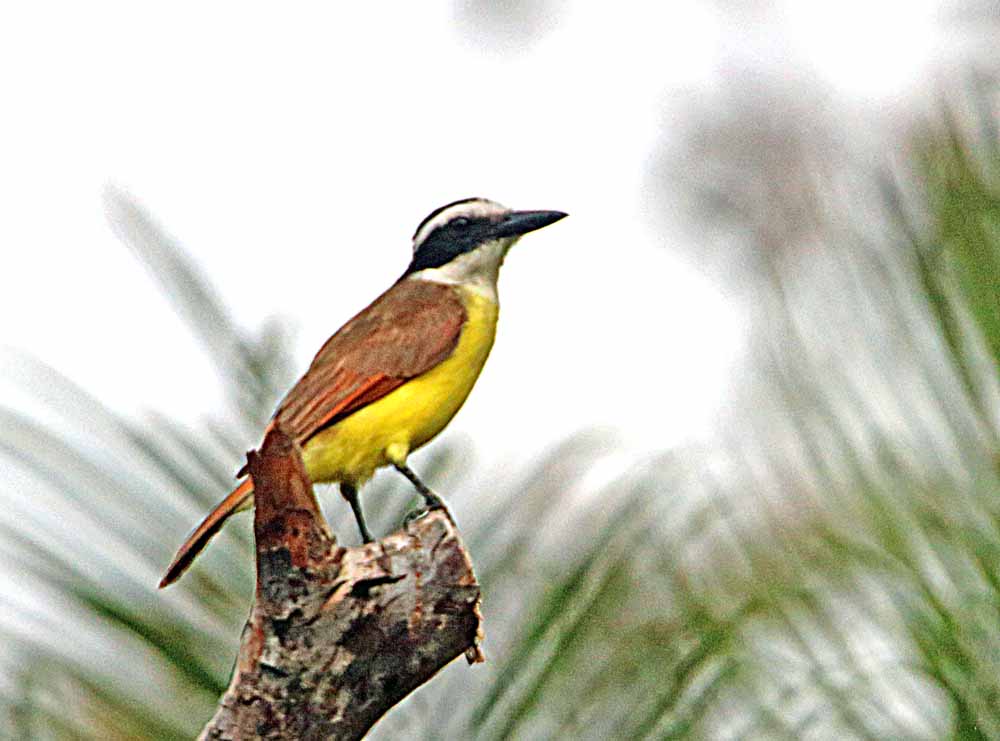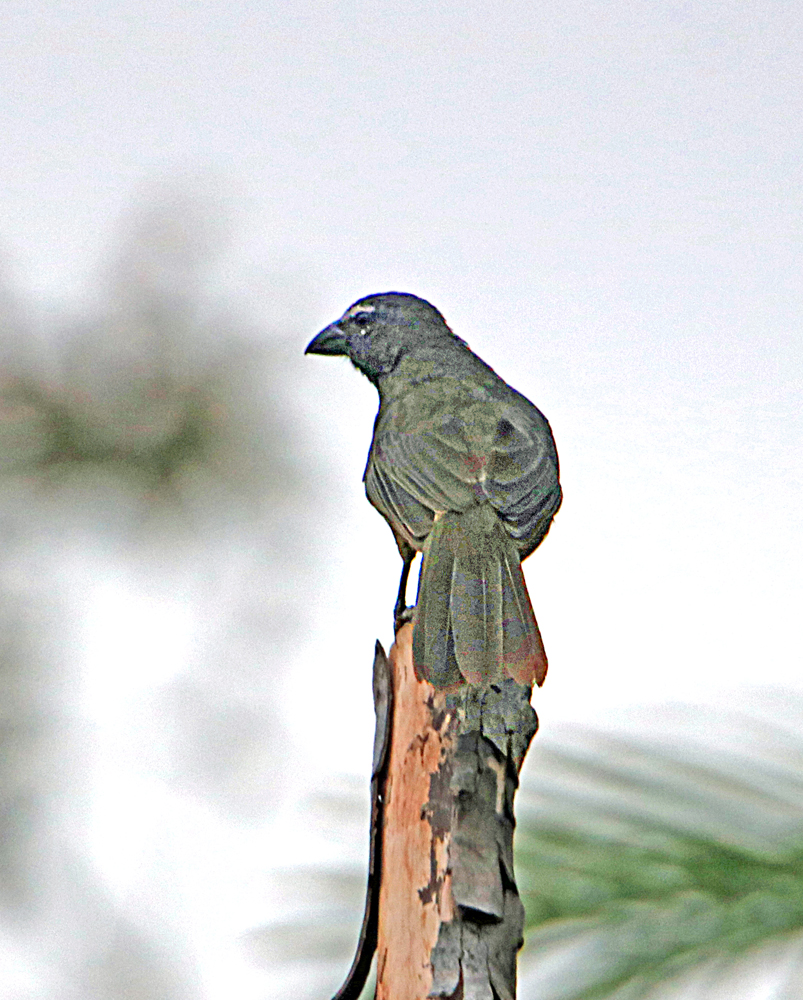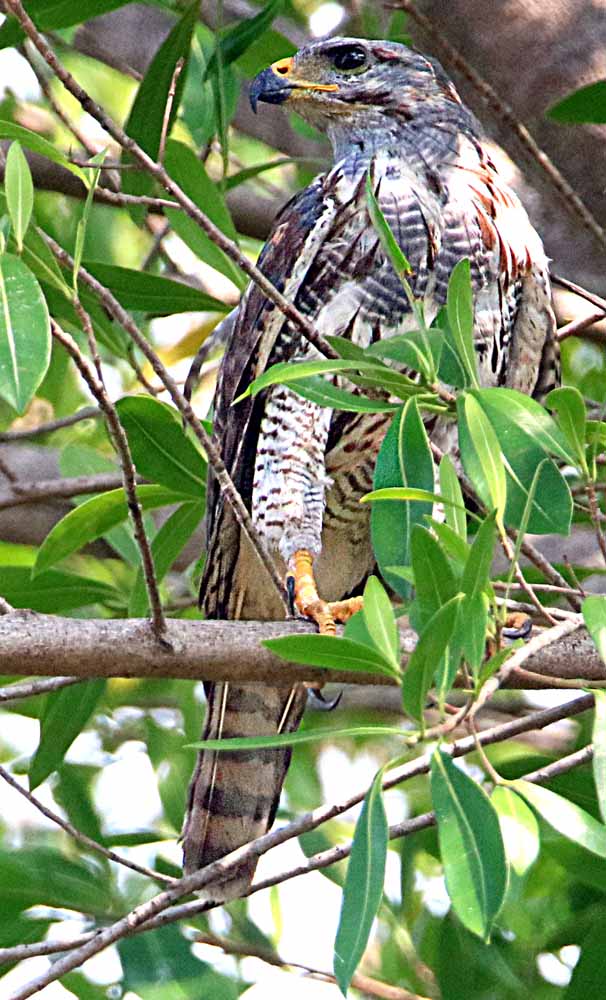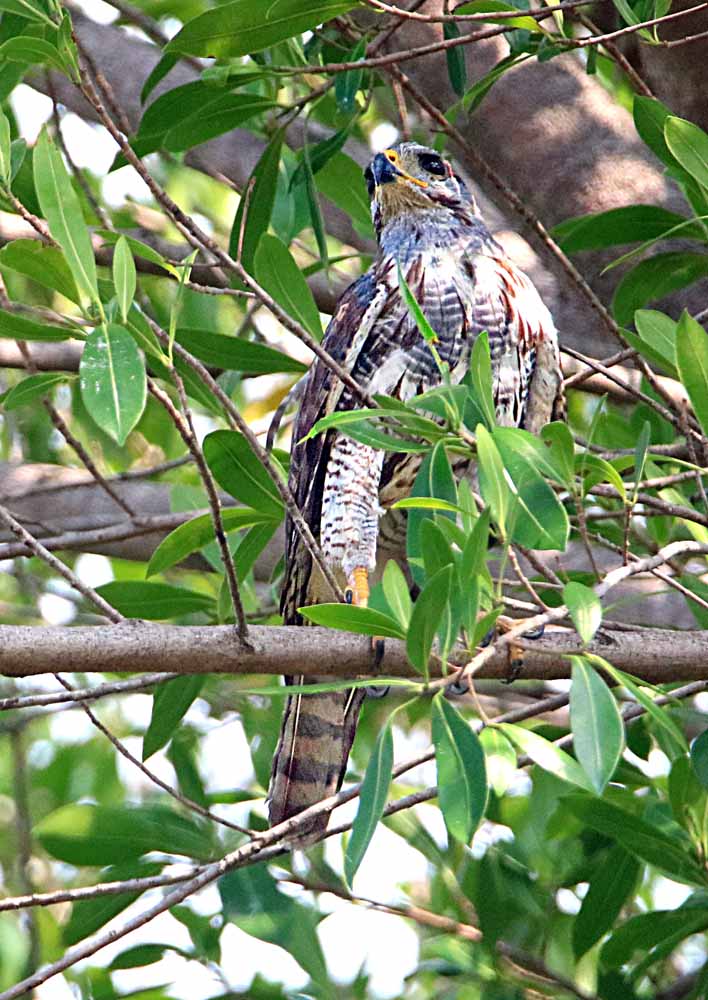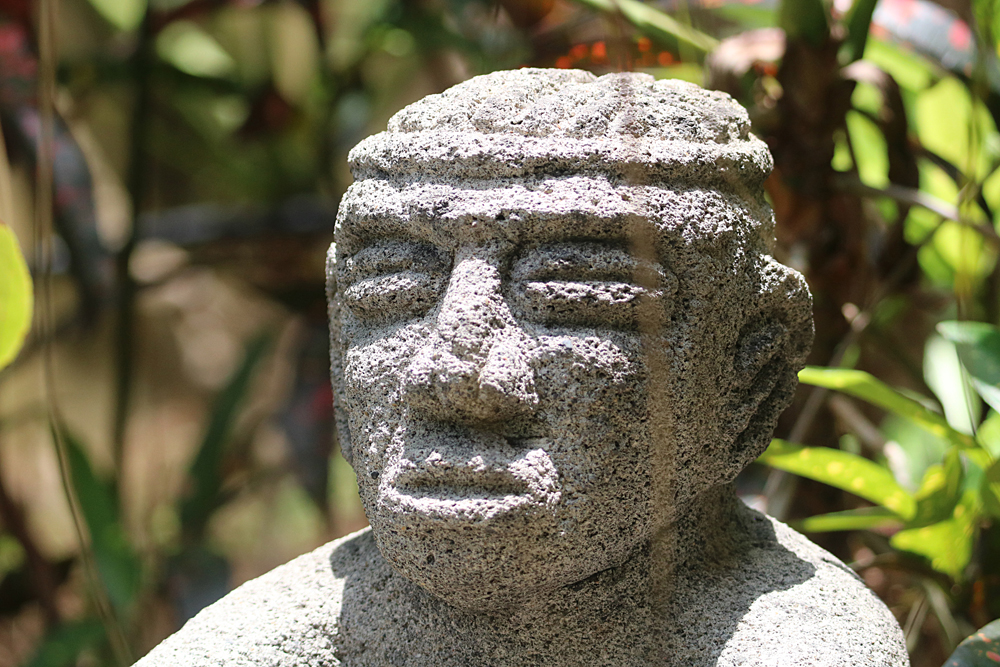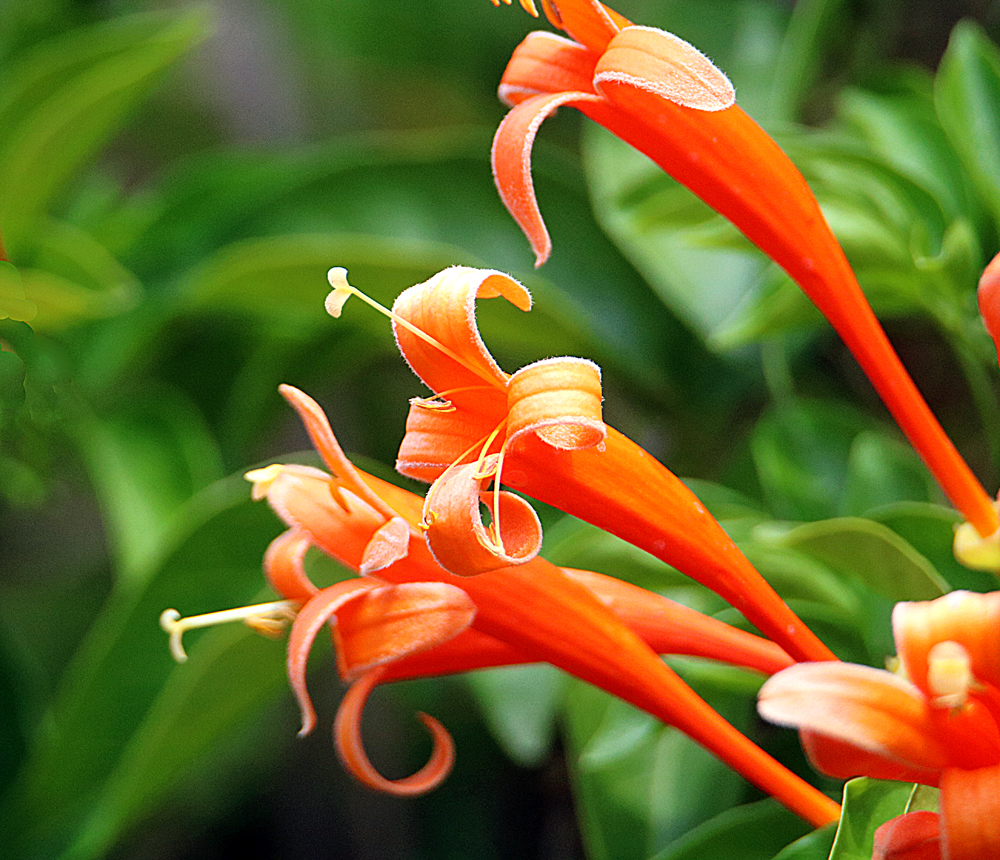I never claim to be an authority on anything in nature, but my deductions of this photo on K’s fence the other day lead me to believe that it is a Juvenile Cinnamon-bellied Saltator. The three Saltators are the only birds this size with a “seedeater bill” (short/stubby fat) that also have the white eyebrow and little white line under the eye. Thus my deduction that it is a Saltator and because just 8 days ago I shared a photo of an adult Cinnamon-bellied Saltator (most common saltator here), I believe this one may be the offspring of that adult.
The Merlin AI identifier (eBird) is very good, but not on juveniles like this, and it just said it was “unable to identify” and the iNaturalist AI (also very good) said “not confident to identify” but then went on to give it’s first choice of “possible” species as a double-collared seedeater (Sporophila caerulescens) and that was also the first choice of Google Lens, but that species is South American and never sighted in Costa Rica, plus it does not have a white eyebrow and in my opinion not a good option! 🙂
I did find some juvenile Cinnamon-bellied Saltators online similar to this, and yes, many are darker or grayer than this one, but a few similar. Whew! Identification can be a lot of work! 🙂 So here it is, whatever it is . . .
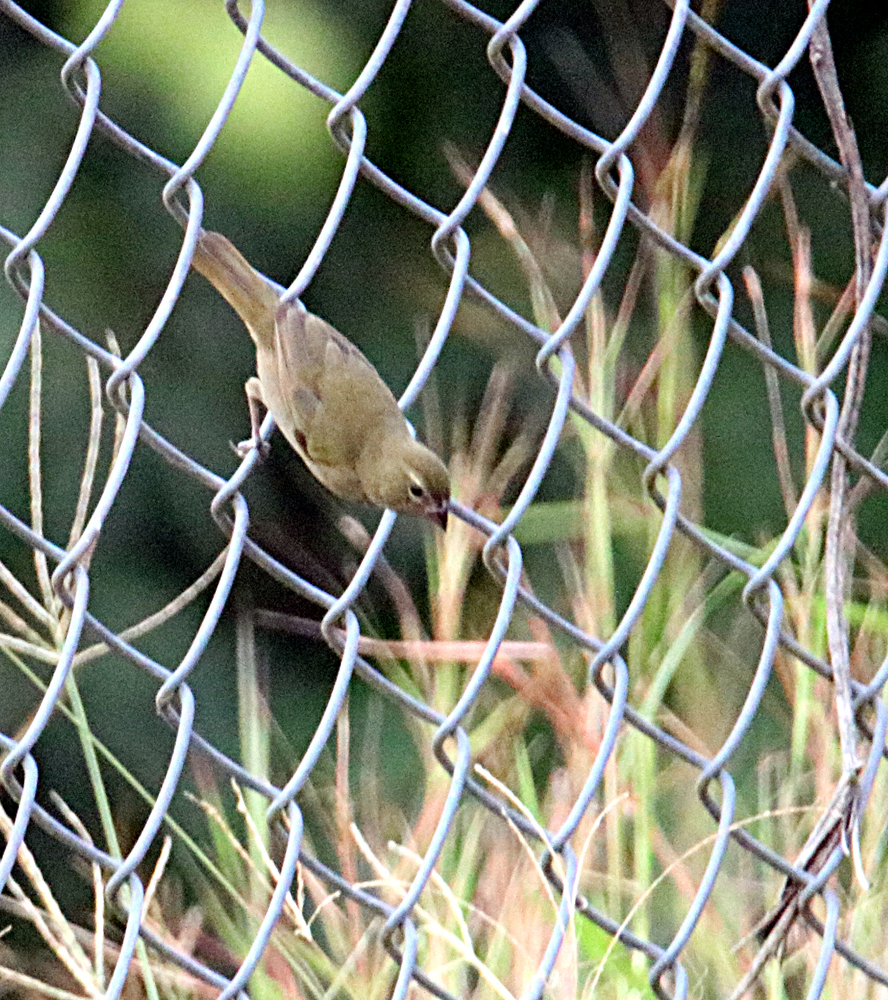
See all of my photos of this species in Cinnamon-bellied Saltator Gallery which, by the way, was formerly called the “Grayish Saltator.”
¡Pura Vida!
